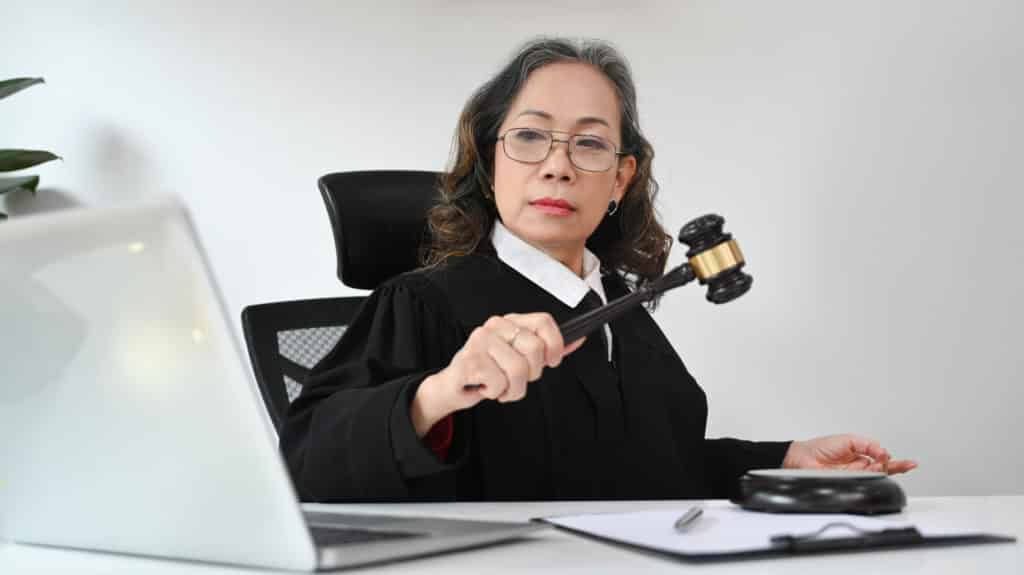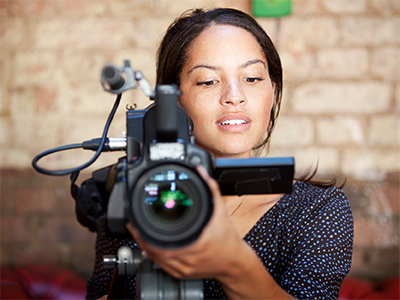Recognizing the Relevance of Videography in Legal Procedures
The integration of videography into lawful proceedings has arised as a substantial element in the discussion and interpretation of proof. By recording visual components such as body language and face expressions, videography boosts the narrative surrounding witness testimonies and can exceptionally affect jury understandings.
Duty of Videography forthcoming
Videography plays a significantly crucial duty in lawful process, acting as a powerful medium for providing evidence. The integration of video recordings right into the legal structure permits an extra vibrant representation of truths, allowing jurors and judges to imagine occasions as they took place. This visual documents can incorporate a variety of materials, consisting of monitoring footage, taped witness testimonies, and professional demos, all of which can significantly boost the evidentiary landscape.
Among the main advantages of videography is its capacity to catch subtleties that may be lost in composed accounts. Facial expressions, body language, and situational context can provide important insights, aiding to share feelings and purposes that text alone can not. Furthermore, making use of video clip proof promotes a much more appealing court experience, potentially aiding jurors in understanding intricate instances.
As innovation advances, the high quality and availability of videographic proof have enhanced, making it an integral component of modern legal techniques. Courts progressively acknowledge the value of video as a reliable resource of info, motivating lawful experts to adjust their strategies for proof presentation. Eventually, videography offers not only to show truths but also to improve the total honesty of the judicial procedure.

Enhancing Integrity and Quality
A considerable advantage of incorporating videography in legal process is its capacity to improve both credibility and clearness of evidence provided in court. Videographic proof can catch nuances that composed records might overlook, such as tone, body movement, and context. This visual depiction allows discretionary to better comprehend the situations surrounding the case, thereby fostering a much more exact understanding of the events concerned.

Furthermore, the clearness paid for by videography minimizes the likelihood of false impression that can develop from textual summaries. This accuracy is especially crucial in complex instances, where details can be conveniently misinterpreted. Eventually, by offering proof in an aesthetically easily accessible layout, videography not only reinforces the honesty of the judicial procedure yet additionally supports educated decision-making by those involved in lawful procedures.
Effect on Court Assumption
The addition of videographic proof considerably influences court understanding, commonly leading to much more engaged and notified considerations. Jurors are normally extra receptive to aesthetic details, which can boost their understanding of complicated instances. Videography provides truths in a way that is both engaging and accessible, allowing jurors to get in touch with the evidence on an extra individual degree.
Moreover, the ability to witness events as they happened can evoke emotional reactions that composed transcripts or verbal statements may stop working to generate. This emotional engagement can lead jurors to develop stronger viewpoints regarding the reliability of witnesses and the total story of the instance. The aesthetic representation of evidence also aids in clarifying ambiguities, making it easier for jurors to grasp the context and importance of the information offered.
In addition, videography can offer as an effective tool for storytelling, making it possible for lawyers to build an influential story that resonates with the jury. When jurors can envision circumstances and witness crucial minutes, their ability to deliberate attentively and get to a knowledgeable verdict is significantly enhanced, use this link ultimately influencing the result of legal process.
Ideal Practices for Legal Videography
Executing ideal methods in legal videography is crucial for making certain that visual evidence is both reliable and effective in the court. Initially, choose professional experts that focus on lawful videography to guarantee the technological high quality of the recordings. This includes utilizing high-resolution cameras and specialist sound equipment to record clear visuals and sound.
2nd, maintain proper documents throughout the recording a fantastic read procedure. This involves developing a comprehensive log that includes timestamps, summaries of the web content, and the identities of all individuals present. Such documents can bolster the credibility of the video clip.

In addition, think about the usage of suitable modifying strategies. While it is important to maintain the original content, minor changes for clearness-- such as boosting audio levels-- can enhance the total presentation without altering the substance.
Future Trends in Legal Videography
As legal videography remains to evolve, arising modern technologies and methodologies are shaping the future landscape of aesthetic proof in the court (Legal Videography). One significant fad is the integration of high-def and 4K video high quality, boosting the clarity and detail of tape-recorded testaments and proof. This better resolution help jurors in adequately reviewing the integrity of witnesses and the nuances of today materials
Furthermore, making use of expert system (AI) in video analysis is acquiring traction. AI tools can assist in determining crucial minutes in video footage, producing transcripts, and even analyzing non-verbal interaction, which offers much deeper understandings into witness reliability. Moreover, virtual reality (VIRTUAL REALITY) and boosted fact (AR) are positioned to reinvent how evidence is provided, permitting jurors to submerse themselves in crime scenes or circumstances, thereby fostering a much more extensive understanding of the context.
Conclusion
In recap, videography functions as an important tool in legal process, improving the discussion of proof and enhancing the total understanding of situations. By capturing non-verbal cues and strengthening the reliability of witness accounts, videography dramatically influences jury assumption and decision-making processes - Legal Videography. Complying with ideal practices makes sure the effectiveness of legal videography, while arising trends guarantee to further increase its duty in the judicial system, ultimately fostering a much more enlightened Learn More Here and engaged lawful atmosphere
Videography plays a significantly important function in legal process, offering as an effective medium for providing proof.A significant advantage of integrating videography in lawful process is its ability to enhance both integrity and quality of proof presented in court. Ultimately, by presenting evidence in a visually available style, videography not only enhances the stability of the judicial procedure yet also supports informed decision-making by those involved in legal proceedings.
In summary, videography offers as a vital device in lawful procedures, boosting the discussion of proof and enhancing the general understanding of situations. Legal Videography. Adhering to ideal techniques ensures the effectiveness of lawful videography, while arising patterns promise to additional enhance its role in the judicial system, eventually cultivating a more enlightened and involved legal environment